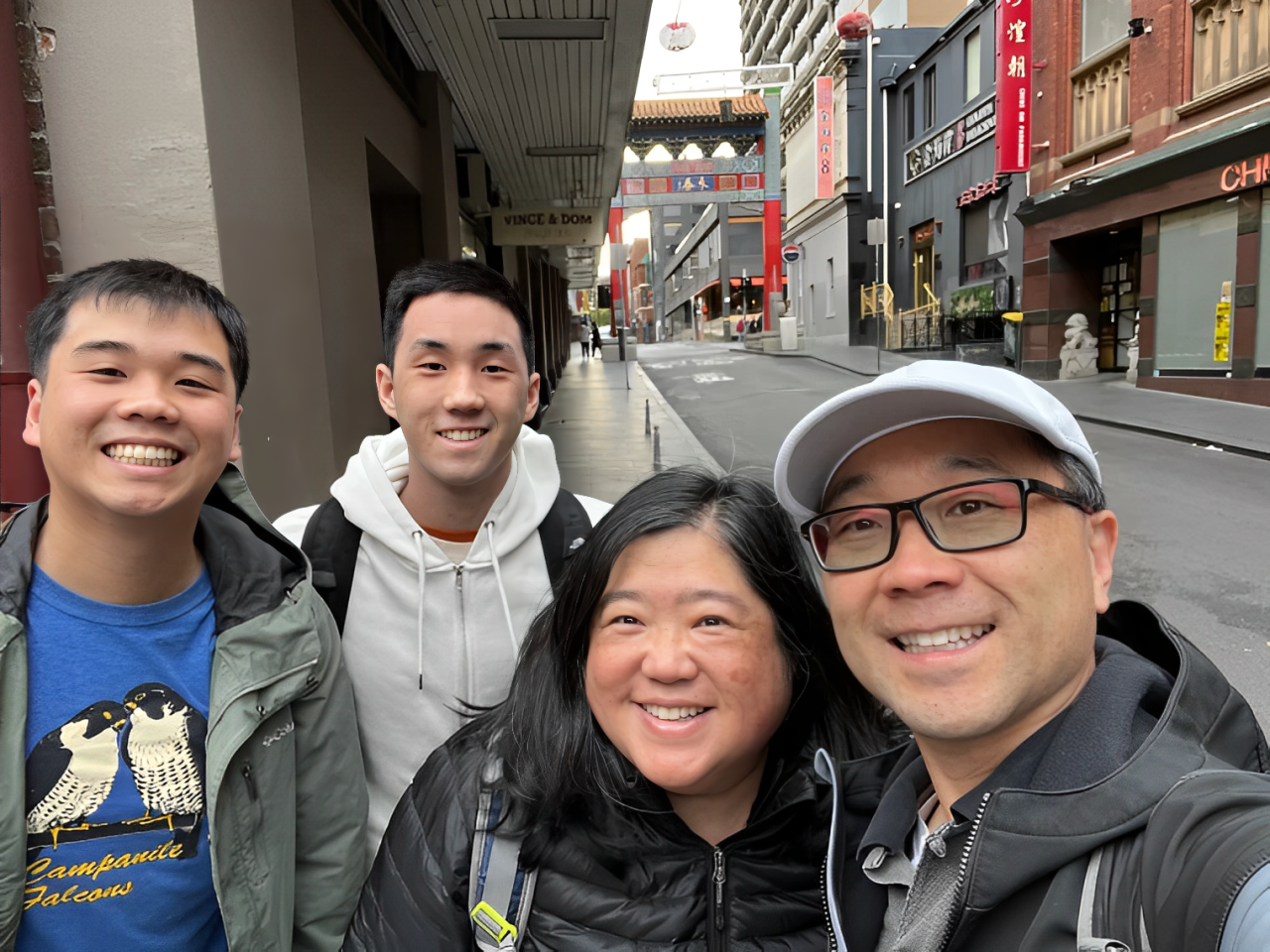A new study highlights a concerning trend: Young Asian Americans are 40% more likely to develop food allergies compared to the general population. This alarming statistic is the focus of a recent Stanford University research study, which aims to uncover the reasons behind this disparity.
The research analyzed pediatric health records from nearly half a million California children, offering valuable insight into why certain groups within the Asian American community are more vulnerable to food allergies.
Understanding the Mystery: Why Are Asian American Children More Likely to Have Allergies?
Sharon Wong’s personal experience with food allergies helps paint a vivid picture of the struggles faced by many families. Her son, who was diagnosed with multiple allergies at a young age, encountered severe reactions to common foods, including peanuts and tree nuts.
It was not until a second pediatrician visit that the family realized the gravity of the situation. “Our second doctor was very clear about the severity of the situation and what I needed to do: get Benadryl, an allergist, and an EpiPen,” Wong recalled.
Today, over six million American children live with food allergies. For young Asian Americans like Wong’s son, the risks are even higher. The new study by Stanford University sheds light on the higher likelihood of food allergies in this group, particularly among Filipino, Vietnamese, Native Hawaiian, and Pacific Islander communities. According to Dr. Charles Feng, the lead researcher, this trend has been largely overlooked in existing studies, which often treat Asian Americans as a homogenous group.
The Rising Prevalence of Food Allergies in the U.S.
Between 2007 and 2021, food allergies among American children have surged by 50%. The reasons behind this dramatic increase are still not fully understood. While genetics might seem to be a key factor, the study suggests that environmental and dietary changes, including the adoption of Western diets, play a significant role. Dr. Latha Palaniappan, a Stanford physician, emphasizes that children’s gut microbiomes—affected by diet—are closely linked to immune responses, which could explain the rise in allergies.
However, the exact causes of Asian American children’s heightened risk remain unclear. According to Dr. Ruchi Gupta, a pediatric allergist, the absence of detailed data on Asian American subgroups is a major challenge.
Gupta points out that the data gaps leave a lot of questions unanswered. For example, in countries like India, no such spike in food allergies has been observed, despite children of similar ancestry living in the U.S. showing disproportionately high allergy rates.
Cultural and Dietary Factors Impacting Allergies
The Stanford study has revealed significant variation in allergy rates among different Asian American subgroups. For instance, the rate of food allergies among Filipino American children is 8.2%, while it is 2.9% for Indian American children.
These findings suggest that cultural practices, including traditional cooking methods, could influence allergy rates. The study’s results highlight the need for more granular data on food allergy prevalence within specific Asian American communities.
For families like Wong’s, managing food allergies is a constant challenge. While both of Wong’s parents have no known allergies, their two sons face a wide range of sensitivities, from peanuts and shellfish to sesame and tomatoes. The increasing prevalence of food allergies among children in the U.S. has put pressure on families to navigate this health issue without sufficient data or support.
Overcoming Stereotypes and Cultural Strain
One of the most difficult aspects of food allergies in Asian American families is the cultural stigma that often accompanies them. Ina K. Chung, another Asian American mother, shared her experience with the misinformation circulating within the community.
After her daughter was diagnosed with multiple allergies, Chung found Facebook groups filled with advice that generalized all Asian foods as dangerous. “Why can’t you trust what the restaurant workers say about how the food was prepared?” Chung asked, referring to the common assumption that Asian cuisine is inherently unsafe for allergy sufferers.

C
hung works tirelessly to combat these stereotypes, using her Instagram page, @theasianallergymom, to promote an understanding of allergy-friendly Asian cuisine. She shares recipes and tips for parents, emphasizing that not all Asian food contains common allergens. Through these efforts, Chung hopes to change the conversation around food allergies and Asian cuisine.
Her work has made a positive impact, and she has even written a children’s book to help teach kids about food allergies and self-advocacy. Her daughter, now older, confidently navigates social situations, asking, “Is this cake safe for me? What did you use to make it?”
The Hope for New Treatments
Thanks to advancements in medicine, treatments for food allergies have come a long way. For many years, there were no options for managing allergies other than strict avoidance. But today, treatments like oral immunotherapy and skin patches are offering new hope. These treatments work by gradually desensitizing the body to allergens, making it less likely to trigger a severe allergic reaction.
Dr. Gupta, who has treated many Asian American families, notes that while these treatments are becoming more widely known, many families remain unaware of their options. This underscores the importance of early diagnosis and education. Wong’s son, for example, participated in a clinical trial that significantly increased his tolerance to peanut allergens. While the family still avoids peanuts and carries epinephrine, the trial gave them a sense of security that they didn’t have before.
Conclusion
The rising rates of food allergies in young Asian Americans are alarming, but the new research from Stanford University offers hope for understanding why this group is at higher risk.
As more studies are conducted, it is crucial to continue examining the intersection of genetics, diet, and cultural practices. For now, families like Wong’s and Chung’s are leading the way in raising awareness, advocating for better care, and fighting against harmful stereotypes.
As science progresses, there is optimism that more targeted treatments and preventive measures will become available. For now, the message is clear: early diagnosis, education, and community support are essential to managing food allergies and improving the quality of life for affected children.
Disclaimer: This article has been meticulously fact-checked by our team to ensure accuracy and uphold transparency. We strive to deliver trustworthy and dependable content to our readers.







Leave a Comment